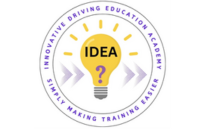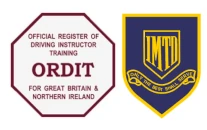Not Making Effective Observations At Junctions

This guide – Not Making Effective Observations At Junctions is part of my Top Reasons For Failing The Driving Test – UK series. Explaining the top 10 reasons people fail the car driving test in Great Britain.
You need to be a good driver to pass the driving test. This guide gives examples of the types of mistakes people make during their test.
45.9%pass rate between April 2019 and March 2020
The driving test pass rate was 45.9% between April 2019 and March 2020. Many people who failed their test made at least one of the mistakes explained in this guide.
Not making effective observations at junctions

You must:
- make effective observations before moving into a new road
- make sure it is safe before proceeding
Any mistakes you make in this area will be counted under the ‘Junctions – Observations’ fault on your driving test result.
Failing to judge the speed of an approaching vehicle
When you turn either left or right from a minor road, you make observations but fail to judge the speed of the approaching vehicle. You move off, forcing the vehicle to slow significantly.
Entering a roundabout with a vehicle approaching from the right
When you approach a roundabout, there’s a vehicle approaching from the right. You still enter the roundabout, causing the vehicle approaching to slow down.
Making no effective observations at all
When you emerge from a junction, you make no effective observations at all. This causes:
- a vehicle approaching from either the left or right to do an emergency stop to avoid hitting you
- the driving examiner using the dual controls to brake
Making no observations when joining a dual carriageway from a slip road
When you’re on a slip road to join a dual carriageway, you enter the dual carriageway without making any observations, or you do not give way to the traffic on the main carriageway.
Going straight ahead at a crossroads
When you approach a crossroads, you do not recognise that it’s a junction. You emerge and cross the crossroads without making any observations to the right or left.
Looking too late
When you emerge from a junction, you look too late (either left or right) for the observations to be effective, as you’re already partly into the next road.
Repeatedly not looking left when turning left
Throughout the test, when you turn left from a minor road into a busier road, you do not make any effective observations to the left. This means you’re unaware of any parked vehicles, obstructions or other possible hazards.
Thank you for reading this weeks blog, Not Making Effective Observations At Junctions.
Driving Safety Facts
Drivers failing to look properly was a factor in 37% of all reported accidents in Great Britain in 2019.





